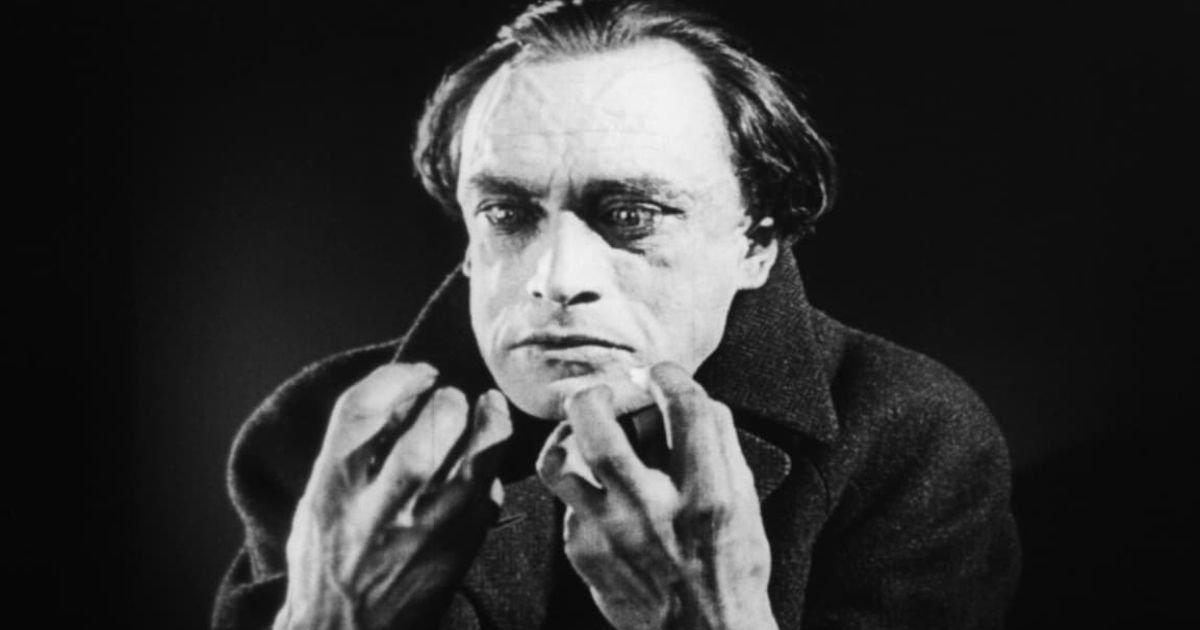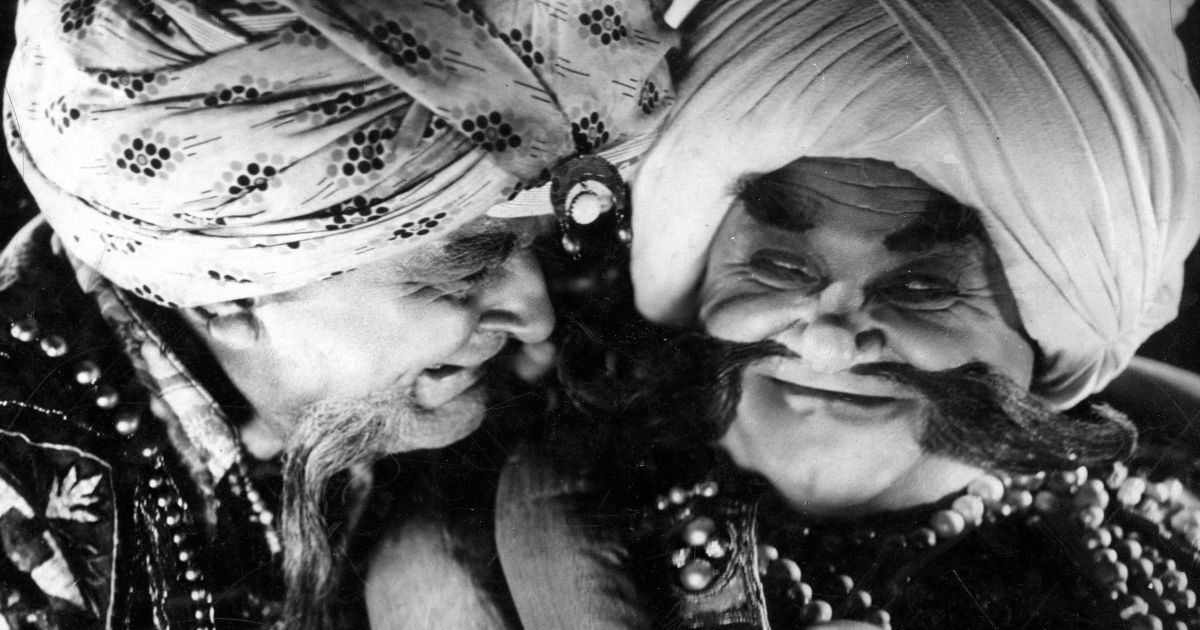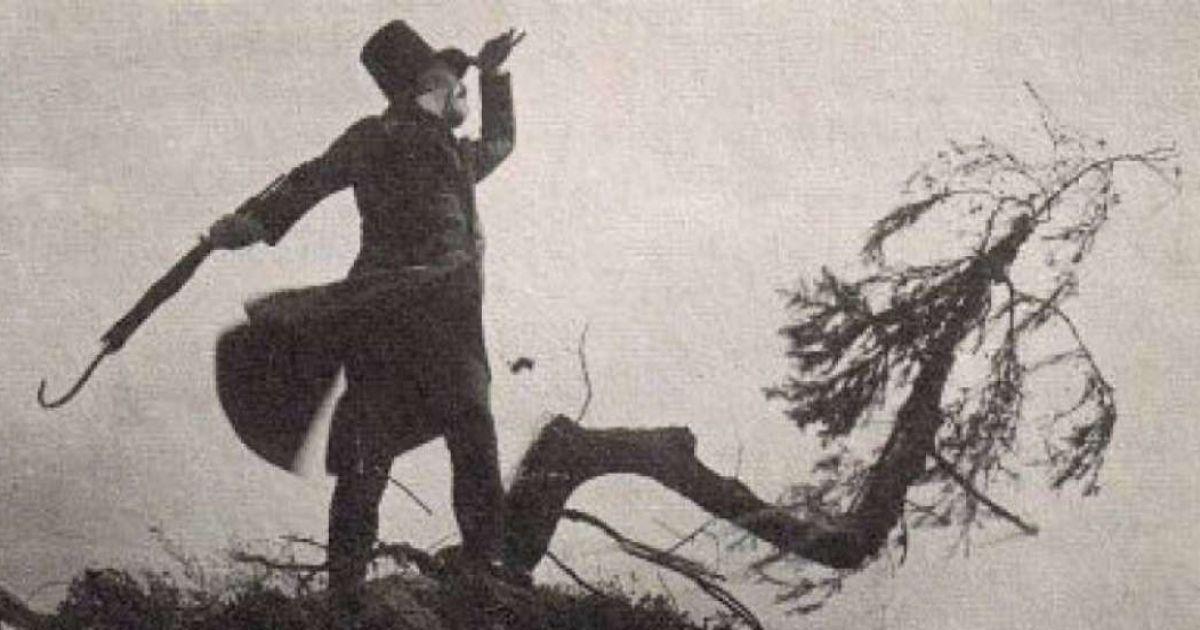One of the things you will learn from this list is that at one point Germany was very passionate about silent movies. While other countries experimented with and expanded into sound and other more advanced technologies for movies, Germany delved deeper into mastering silent film. But why? After World War I, political and social instability and economic strife encouraged German film production to work with what they had. They couldn’t afford the elaborate sets, costumes, and technology American movies used. But silent films, while limited, allowed Germany to tell stories on a budget.
Of course, German film productions had to be creative. From this creativity came German Expressionism, which experimented with light and dark, tilts, angles and pronounced shadows. These films delved deeply into topics that American films would not touch, such as concerns about money and technology, crime, and social decay. Here are some of the best German silent movies, many of which are now in the public domain and can be watched for free on YouTube.
The cabinet of Dr. Caligaria
Voted one of the most influential films of all time, this 1920 film directed by Robert Weine tells the story of a mentally unstable hypnotist who uses a sleepwalking patient to commit a series of murders. The film is considered part of German Expressionist experiments with sharp objects and irregular shapes, as well as deep shadows and chiaroscuro. The cabinet of Dr. Caligaria would be based on the scriptwriters’ distrust of authority after World War I.
From morning to midnight
Another major player in German Expressionism, From morning to midnight found the big screen in 1920. Based on a play by the expressionist writer George Kaiser, the film tells the story of a bank teller who becomes obsessed with an Italian customer. Driven by the lust he feels for this strange woman, the cashier steals a huge amount of money and flees to rekindle the passion he has been missing in his home life.
From morning to midnight explores the power of money and greed, as well as the cashier’s agonizing guilt after his theft. Representative of the mistrust of capitalism and prophetic of the impending global economic collapse, the film is a terrifying, important classic.
The Golem: How He Was Born
Yet another German horror film released in 1920, the golem is based on a 1915 novel that explores an anthropomorphic creature of Jewish folklore called a Golem. In the film, a 16th-century rabbi forms a golem, a massive creature made of clay. The rabbi tries to revive the Golem to protect the Jewish community in Prague, having foreseen danger.
Because of the interactions between the Golem and the other characters, many of the cinematic techniques and innovations in the golem would have inspired the filmmaking of later films, such as Faust and Frankensteinand the film itself is disturbingly prescient about Germany’s attitude and treatment towards Jewish people that would lead to the Holocaust.
Warning Shadows
Directed by Arthur Robinson, who produced 20 silent films between 1916 and 1935, this German film explores themes of wealth and lust. Warning Shadows tells the story of a rich man who invites other wealthy bachelors to a puppet show at his home. The puppet show tells the story of several men who try to seduce another man’s wife.
The puppeteer turns out to be a witch who gives the audience lasting nightmares about what will happen if they try to lust after the lady of the house. Like other German Expressionist films, Warning Shadows pays particular attention to the contrast between light and dark.
nosferatu
This silent film from 1922 is an iconic variation on Bram Stoker’s Dracula where the infamous vampire is moved to 1830s Germany. In the film, Count Orlok, the vampire, lures his broker’s wife and eventually spreads the plague throughout the city. nosferatu primarily examines the inevitable and insidious presence of death.
Although Bram Stoker’s widow sued the adaptation and tried to have it destroyed, copies of nosferatu survived and made it one of the most influential and recognized films in world cinema.
The hands of Orlac
From the director and star of The cabinet of Dr. Caligaria, comes this silent film from 1924 about a pianist who loses his hands in a tragic accident. The protagonist’s hands are replaced by those of a stranger, the ‘hands of Orlac’, which turn out to be the parts of a vicious killer.
The elements of German Expressionism really illustrate the pianist’s conflict here between his innocence and the realization of his ability to kill. The hands of Orlac maintains a 91% rating on Rotten Tomatoes and remains the topic of conversation in academic circles and among film theorists today for its innovative use of close-ups and lighting.
wax statues
Another silent German film that appeared in 1924, wax statues is an anthology that deals with multiple genres and locations. Each story is linked by a writer who has been commissioned to produce stories around certain wax figures, such as the Caliph of Baghdad, Ivan the Terrible and Jack the Ripper. wax statues would have influenced later anthologies such as: The dead of night and black sabbath.
The student of Prague
This 1922 production is considered the very first German art film. In The student of Prague, a student named Balduin signs up for a loan from an enigmatic stranger who in return accepts Balduin’s mirror image. Balduin is then chased by his own doppelganger, who demonstrates the struggle between himself and his own death.
Despite the lack of dialogue, German silent films were able to communicate deeper stories and express themes through decor, makeup, shapes and shadows.

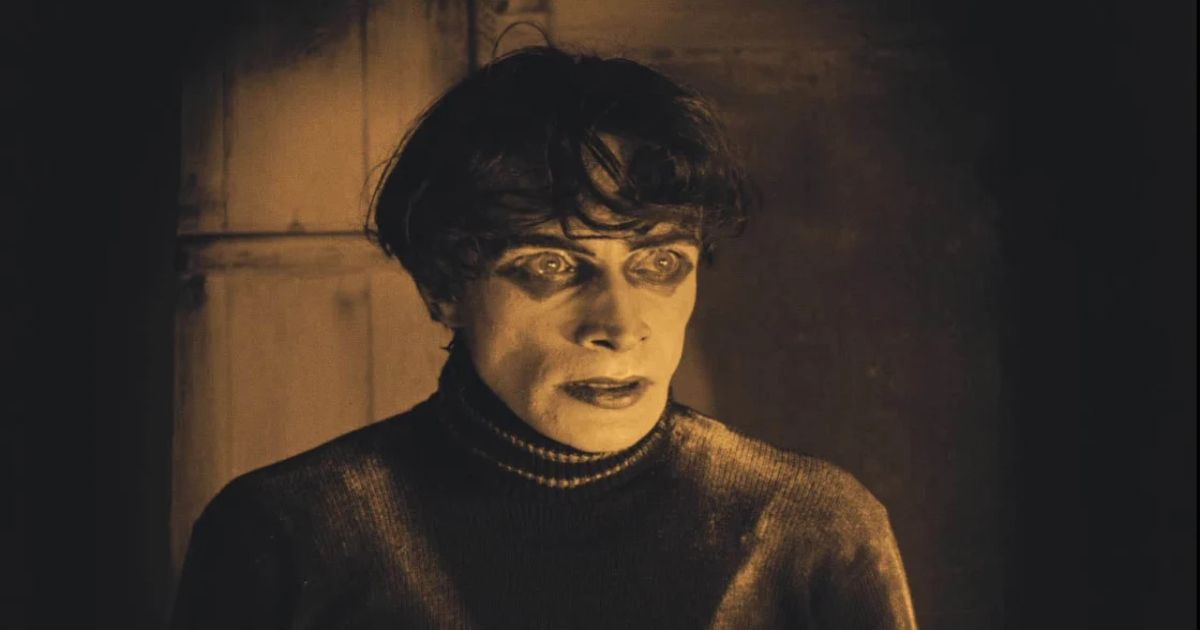
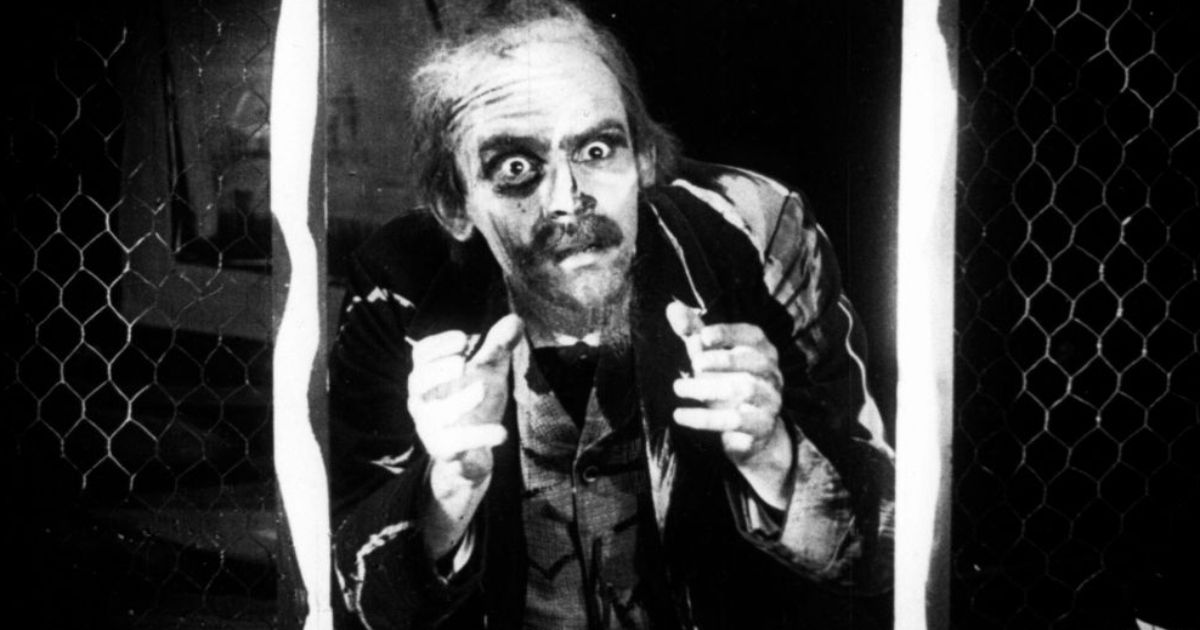
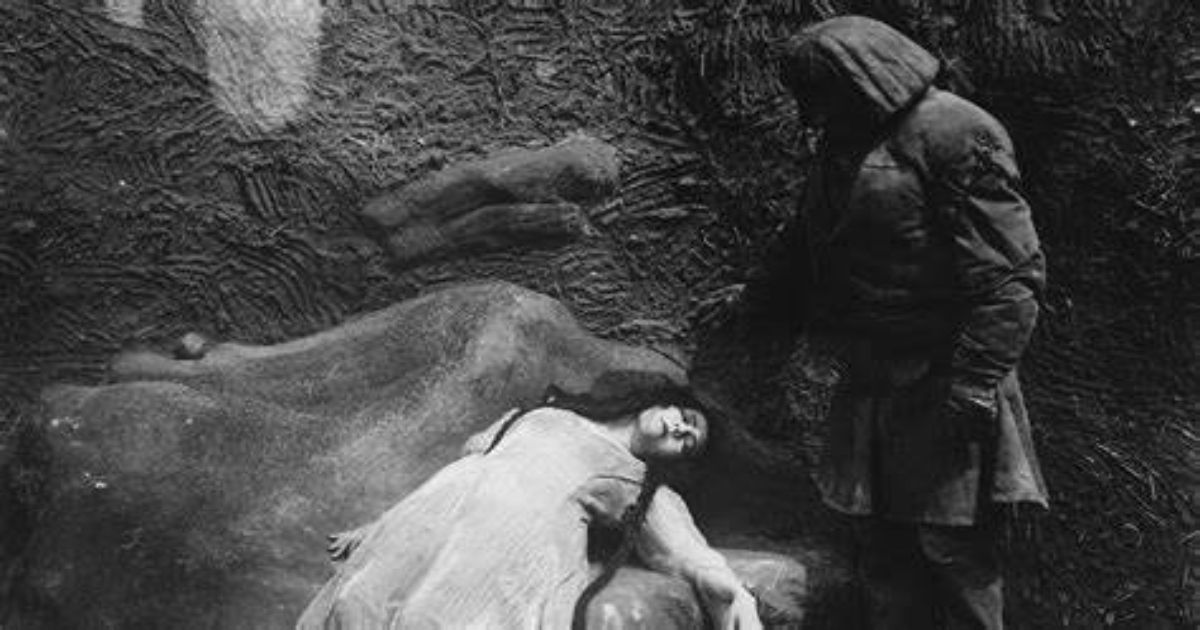
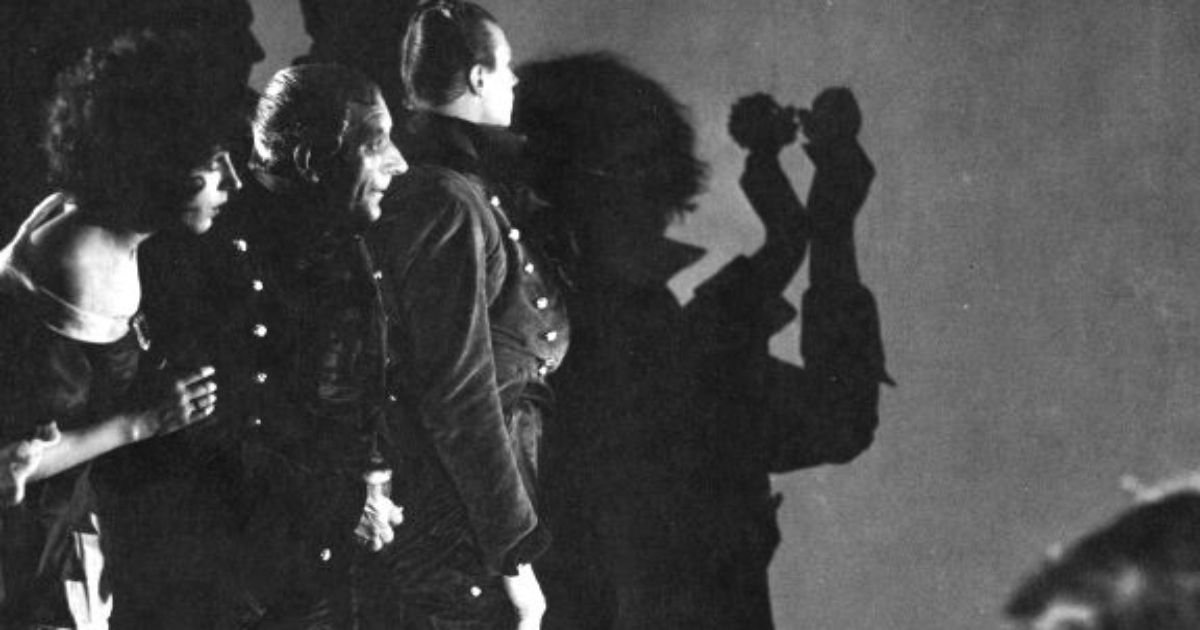
.jpg)
